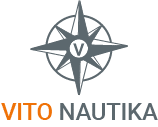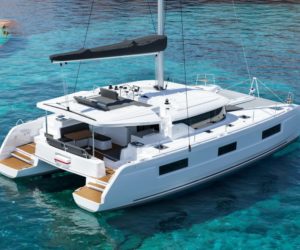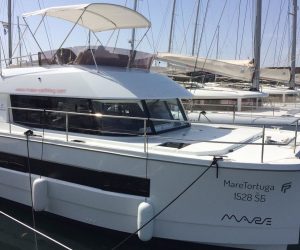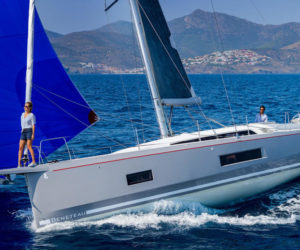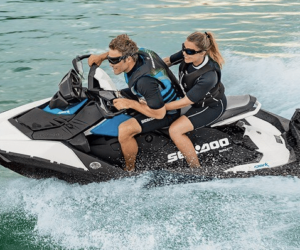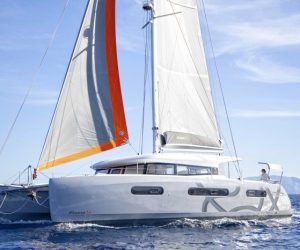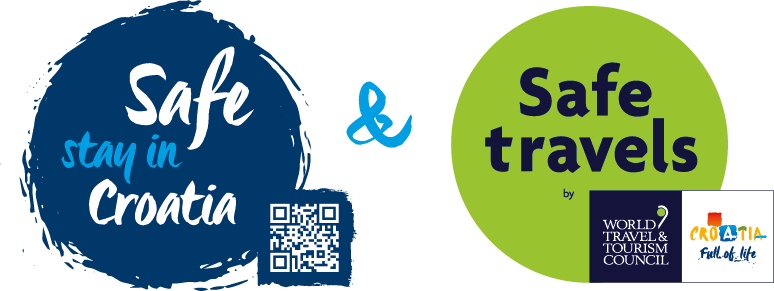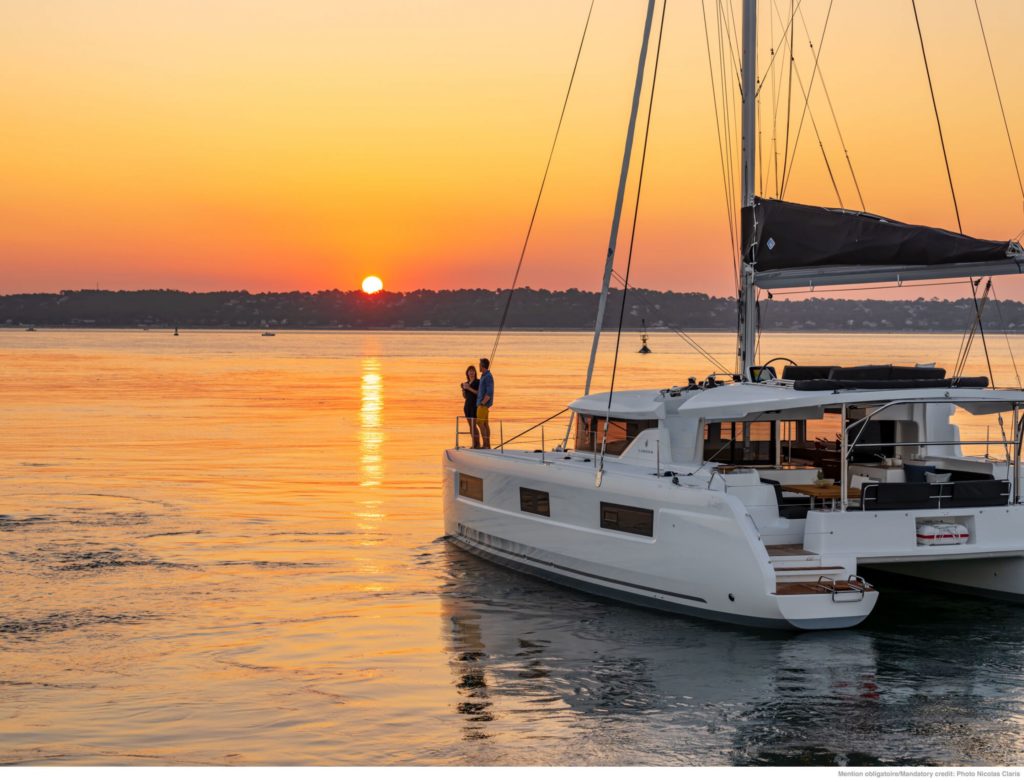Family holiday on a sailing yacht
The perfect family holiday on a sailing yacht

Choose the right yacht
Choosing the right sailing yacht is crucial to the success of your holiday. Make sure that the yacht offers enough space for all family members and is equipped for children. Large cabins, sufficient storage space and safe lounging areas are particularly important. Some yachts have special safety features such as net railings, which provide additional protection for small children.
Safety on board
Safety comes first, especially when children are on board. Make sure that there are enough life jackets in suitable sizes for all family members. Teach the children how to put them on correctly. Emergency plans should be discussed with all crew members and practised regularly. It is also advisable to install safety nets and lines to minimise the risk of accidents.
Plan your itinerary
Plan your route carefully, taking into account the interests and needs of the family. Choose calm waters and short sailing distances to avoid seasickness and boredom. Frequent stops in picturesque bays or interesting harbour towns offer variety and relaxation. Find out about weather conditions and potential danger zones in advance.
Provisions and catering
Well thought-out catering planning is essential. Create a detailed shopping list and make sure you have enough supplies on board. Fresh food should be well stowed and preserved to maximise its shelf life. Also think about snacks and drinks for in-between meals. If possible, use local markets in the harbour towns to buy fresh produce and enjoy the local cuisine.
Activities for children
Keep the children on board busy and happy by planning different activities. Board games, books and craft materials are ideal for quiet moments. For active hours, water sports such as swimming, snorkelling or stand-up paddling are ideal. Learning sailing techniques can also be exciting and educational for older children.
Emergency care
A well-equipped first aid kit should always be available on board. This includes not only bandages and medication, but also special medication for seasickness and sunscreen. In an emergency, the captain should know how to request medical assistance and which frequencies are used for radio communication.
Environmentally friendly sailing
Take care to protect the environment and sail sustainably. Avoid single-use plastic and always dispose of waste properly. Use environmentally friendly cleaning products and ensure that sensitive ecosystems are not disturbed. Respect nature and promote children’s awareness of environmental protection.
Documents and insurances
Ensures that all necessary documents, such as passports, visas and driving licences, are available and up to date. Check insurance policies and ensure that you are adequately covered. Travel cancellation insurance and insurance for medical emergencies are particularly important.
Technical equipment
A well-maintained yacht and functioning technical equipment are the be-all and end-all. Check the electronics, engine and sails regularly. Navigation equipment, radio equipment and weather forecasting systems should be up to date. Take spare parts and tools with you so that you can carry out minor repairs yourself.
Our summary
A family holiday on a sailing yacht can be a wonderful experience that creates lasting memories. With careful planning, the right equipment and a focus on safety and comfort, nothing stands in the way of a successful adventure. Prepare well and enjoy the freedom and beauty of sailing with your loved ones!
